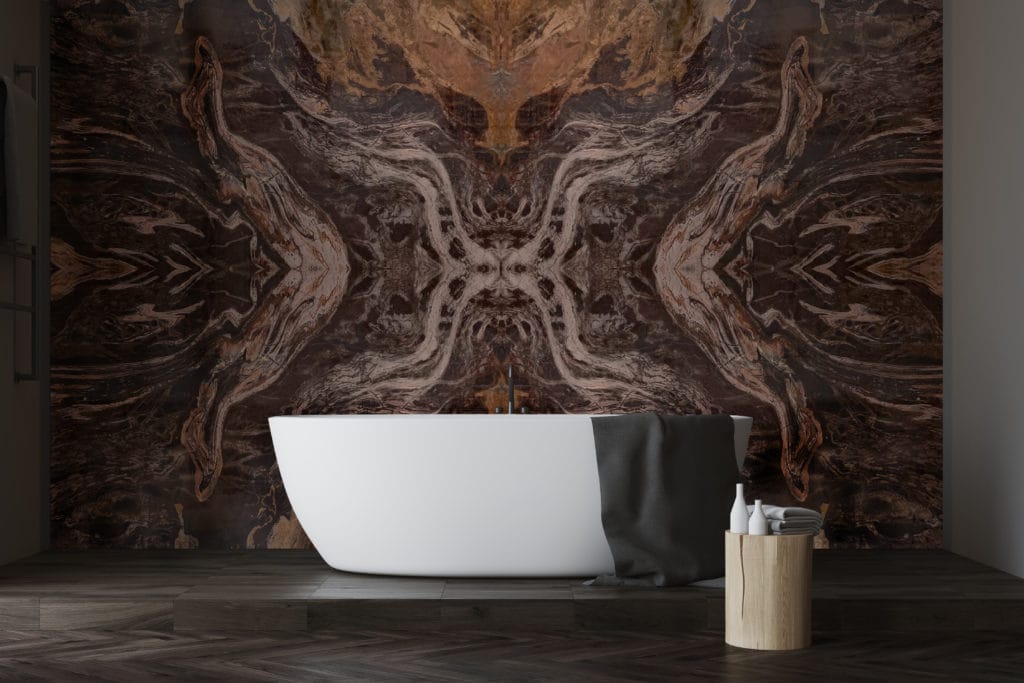Choosing between granite and marble for home surfaces is akin to selecting a piece of art that combines functionality with aesthetic appeal. Both stones bring their unique character to spaces, embodying elegance and durability. This blog post navigates through the pros and cons of granite and marble, highlights their differences, and outlines which applications each material is best suited for, helping you make an informed decision for your home.
Granite Pros and Cons
Pros:
Durability: Granite’s hallmark is its resilience. This igneous rock withstands high temperatures, making it ideal for Kitchen Countertops where hot pots and pans are common.
Maintenance: Requiring minimal upkeep, granite surfaces can be easily cleaned with soap and water. Its resistance to scratching and chipping contributes to its longevity.
Variety: Available in a broad spectrum of colors and patterns, granite offers versatility for interior design, ensuring a unique look for each installation.
Cons:
Porosity: While less porous than marble, granite can absorb liquids if not sealed properly, potentially leading to stains.
Weight: Its robustness comes with significant weight, necessitating sturdy cabinet and support structures.
Marble Pros and Cons
Pros:
Aesthetics: Marble is synonymous with luxury. Its distinctive veining and soft glow add a touch of sophistication and brightness to any room.
Heat Resistance: Though not as heat resistant as granite, marble remains cool to the touch, a cherished feature for baking enthusiasts.
Unique Patterns: Each marble slab is one-of-a-kind, with veins that tell a story of natural elegance and timelessness.
Cons:
Porosity: Marble’s beauty is matched by its susceptibility to staining and etching, especially from acidic substances, making it high-maintenance.
Scratches: Soft and susceptible to scratches, marble may not be the best choice for high-traffic areas.
Differences Between Granite and Marble
The key distinctions between granite and marble lie in their formation durability, appearance, maintenance. and composition, Granite Supplier , an igneous rock formed from cooled lava, is imbued with strength and diversity. Granite is more rugged and resistant to scratches and stains, making it ideal for high-traffic areas. Marble offers a timeless, elegant look but requires more care. Marble Supplier, a metamorphic rock arising from limestone, offers unparalleled beauty and veining. These differences influence their suitability for various applications.
Granite Applications
Its durability and low maintenance make granite an excellent choice for kitchen countertops, floors in high-traffic areas, and outdoor applications where strength is paramount.
Marble Applications
Best suited for areas where its aesthetic value will shine—bathroom vanities, fireplace surrounds, and statement flooring in living areas. Marble elevates spaces with its classic beauty but thrives in environments where it can be preserved and admired without the wear and tear of daily kitchen activities.
Making the Choice
Selecting between granite and marble boils down to prioritizing functionality versus aesthetics. For those seeking durability and ease of maintenance in bustling kitchens, granite stands out as the practical choice. Conversely, marble reigns supreme in spaces dedicated to luxury and visual impact, where its natural beauty enhances the ambiance with a less demanding functional role.
In conclusion, whether you lean towards the robustness of granite or the refined elegance of marble, both materials offer distinct advantages that can complement and elevate your home’s design. By considering the specific applications and the level of care you’re willing to invest, you can select a surface material that not only meets your practical needs but also fulfills your aesthetic aspirations.













